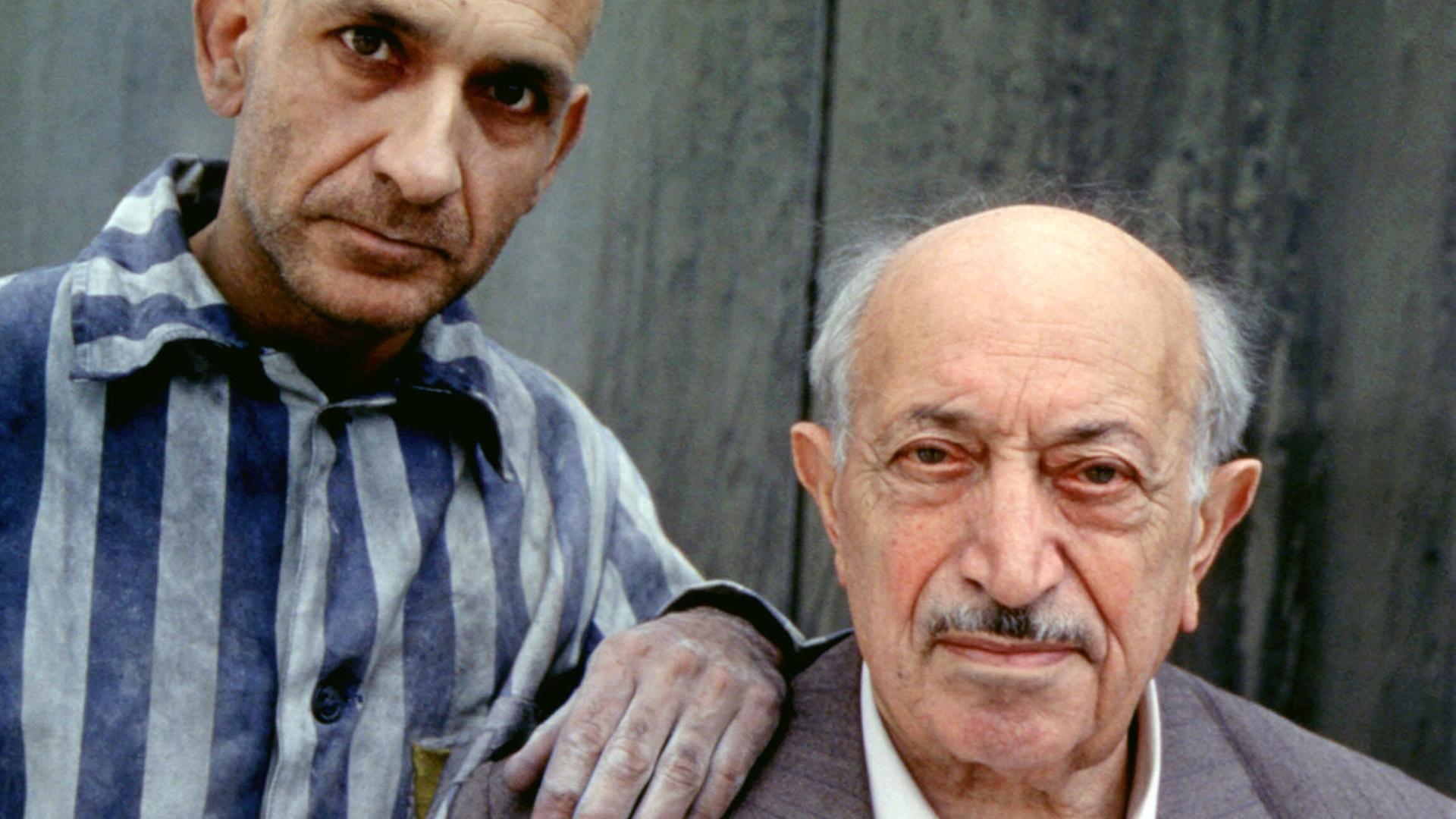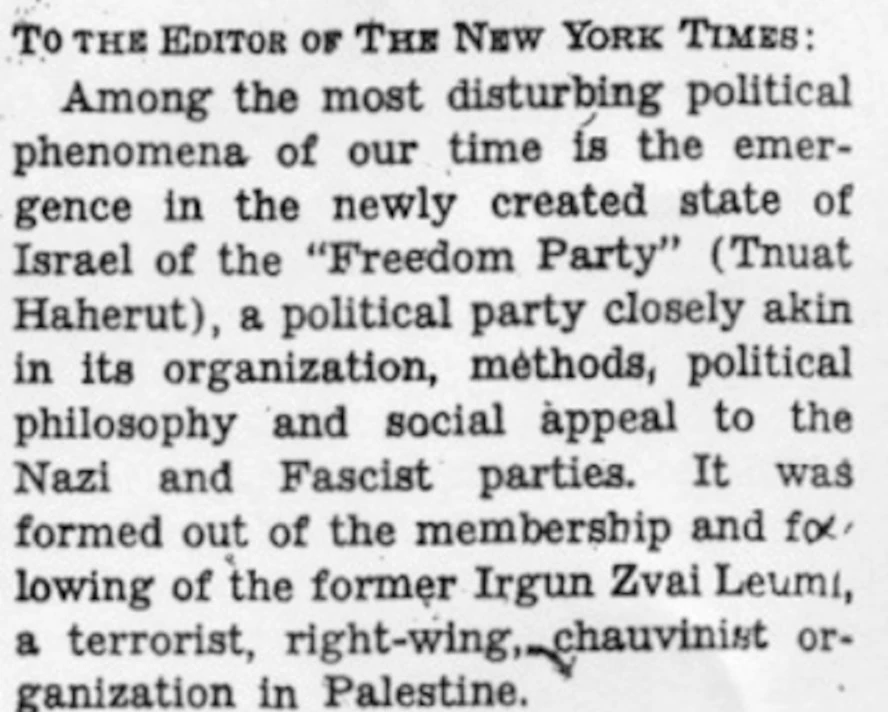“I voted for Wilders, and many of my friends did too,” he said. “I don’t want to live with my parents for ever. I want my own home, and to be able to provide for my family later on. Wilders wants to figure out the housing crisis, and make our healthcare better. Those are the most important topics for me.”
In Volendam, where the PVV won 42.9% of the vote, that was Gerald’s point. “Younger people, the woke ones from the big cities, care about the climate and gender stuff but they are ignoring the real problems that we have here and now,” he said.
Far-right parties are not the preferred option – or even second choice – for younger voters everywhere in Europe, analysts caution. The trend appears strongest in countries such as Austria, Germany, the Netherlands, Sweden and Denmark.
In the Netherlands, the PVV surged to become the largest party among 18- to 34-year-olds, winning 17% of their vote against 7% previously. In Sweden’s 2022 ballot, 22% of the 18-21 cohort voted for the far-right Sweden Democrats, against 12% in 2018.
Spain’s Vox has a particularly slick operation, and Sławomir Mentzen, the 37-year-old leader of Poland’s ultra-liberal far-right Konfederacja (Confederation) party, has 800,000 followers on TikTok.
Even if “economic grievances, insecurities around housing, jobs, futures” may account for much of the youth vote, he said, “we’re seeing the growth to fruition of a concerted far- and extreme-right effort to reach and radicalise young people”.
















